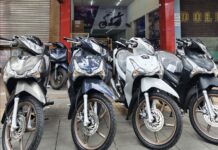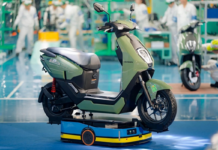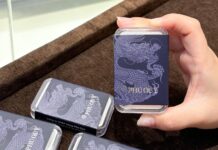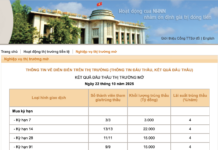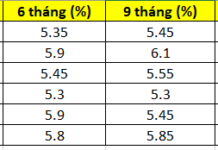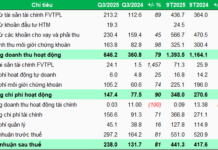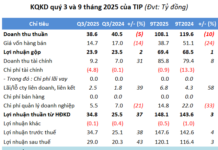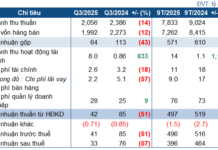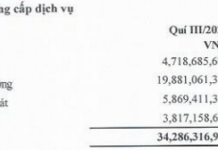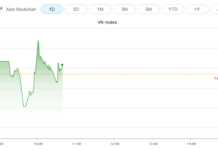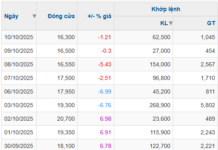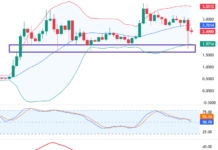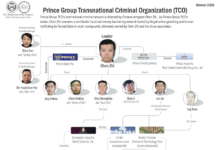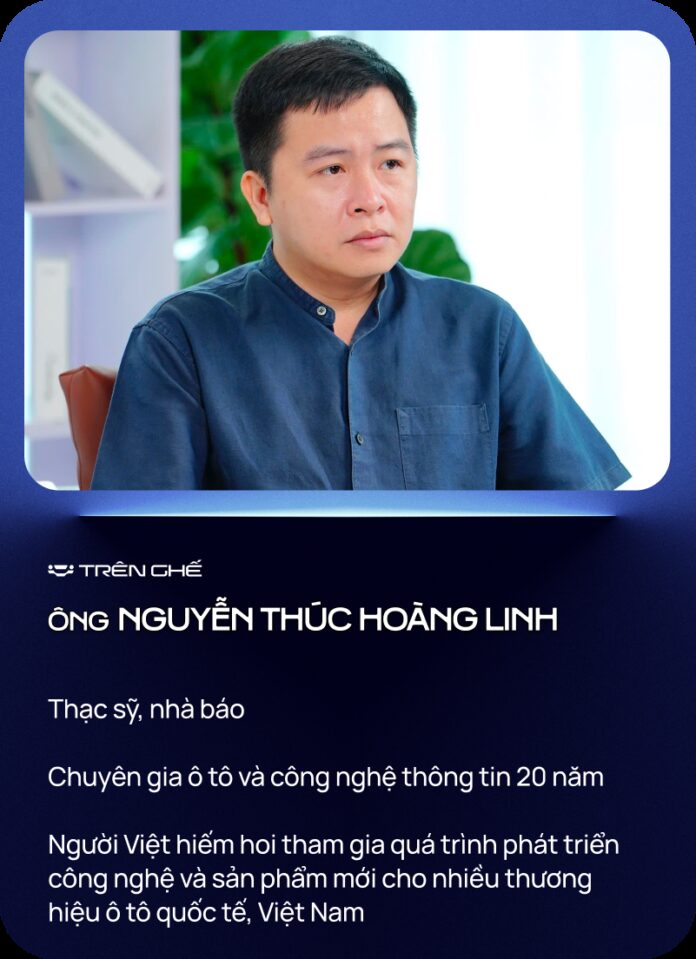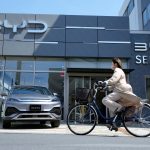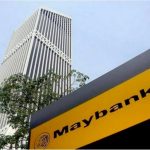Here’s an insightful discussion between host Đăng Việt and journalist Nguyễn Thúc Hoàng Linh on the topic: “What is Haval doing wrong?”
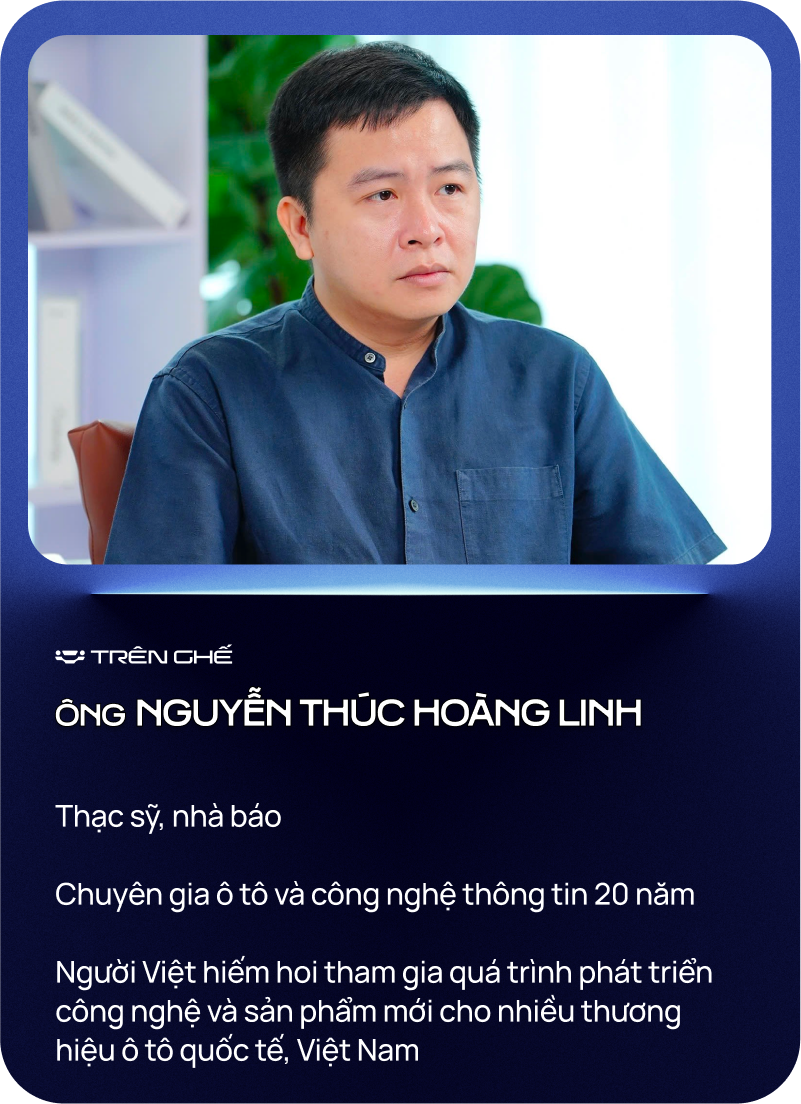
This August marks the first anniversary of the Haval brand’s launch and the start of sales for their first model in Vietnam. The Chinese automaker offers only one product, the H6 Hybrid, and while they haven’t disclosed sales figures, it’s evident that there are very few of these cars on the roads. In your opinion, is the launch of a single model the reason for their lack of success so far?
Haval entered the Vietnamese market with an established distribution network from another brand. Therefore, I believe there’s a reason they’re only selling one product. They need time to optimize their dealer network, services, and training, as well as complete other projects. This strategy is commonly used by many brands when entering a new market, not just in Vietnam and not just in the automotive industry.
However, I think the past year has been sufficient for Haval to implement the next steps. They have made efforts to expand their dealer network and promote the H6 Hybrid to the public. Thus, I don’t think launching a single model is the issue.
Nevertheless, the rarity of the Haval H6 on the roads indicates that when introducing a single product, it must excel in some aspect to achieve success. While the quality may be good, this particular model lacks any outstanding features to attract consumers.
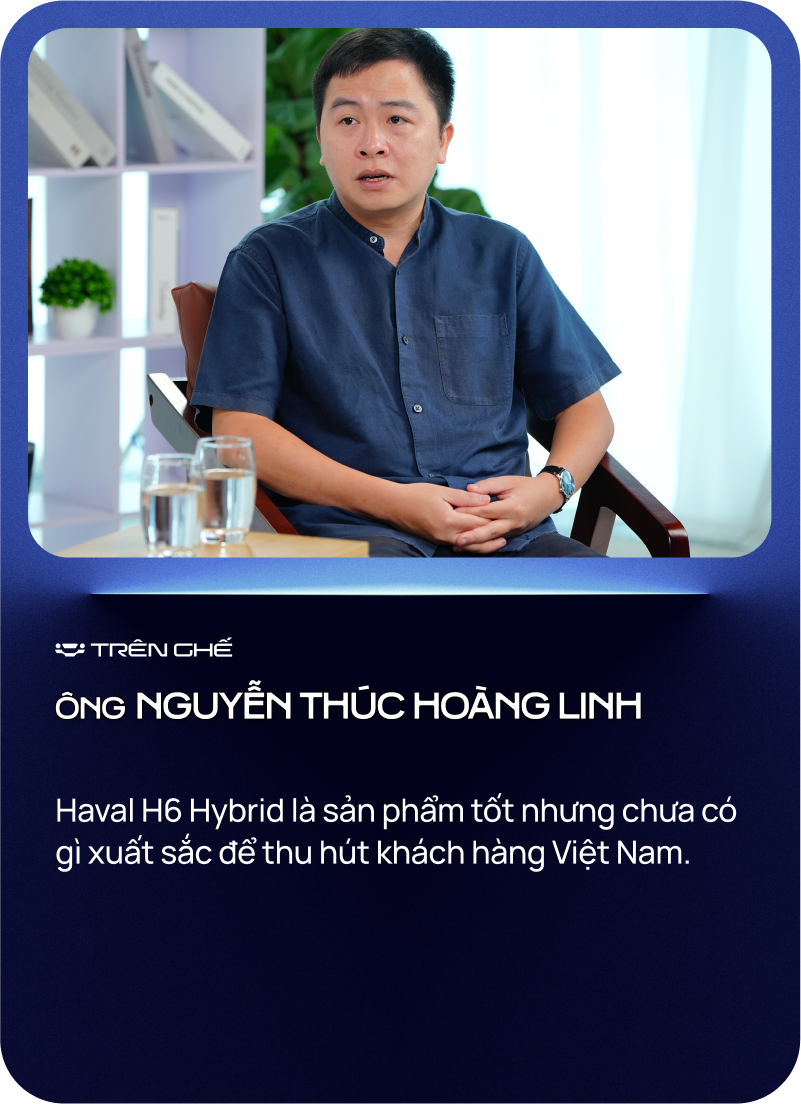
To succeed, products need to have distinct characteristics when they launch. For instance, Wuling gained attention as a Chinese car brand that’s “unlike any other”. Whether they will be successful remains to be seen, but they certainly stand out.
Currently, there’s a growing interest in electric and hybrid vehicles, so the launch of the H6 Hybrid was a smart choice. However, the car’s price makes this technology inaccessible to the majority of consumers.
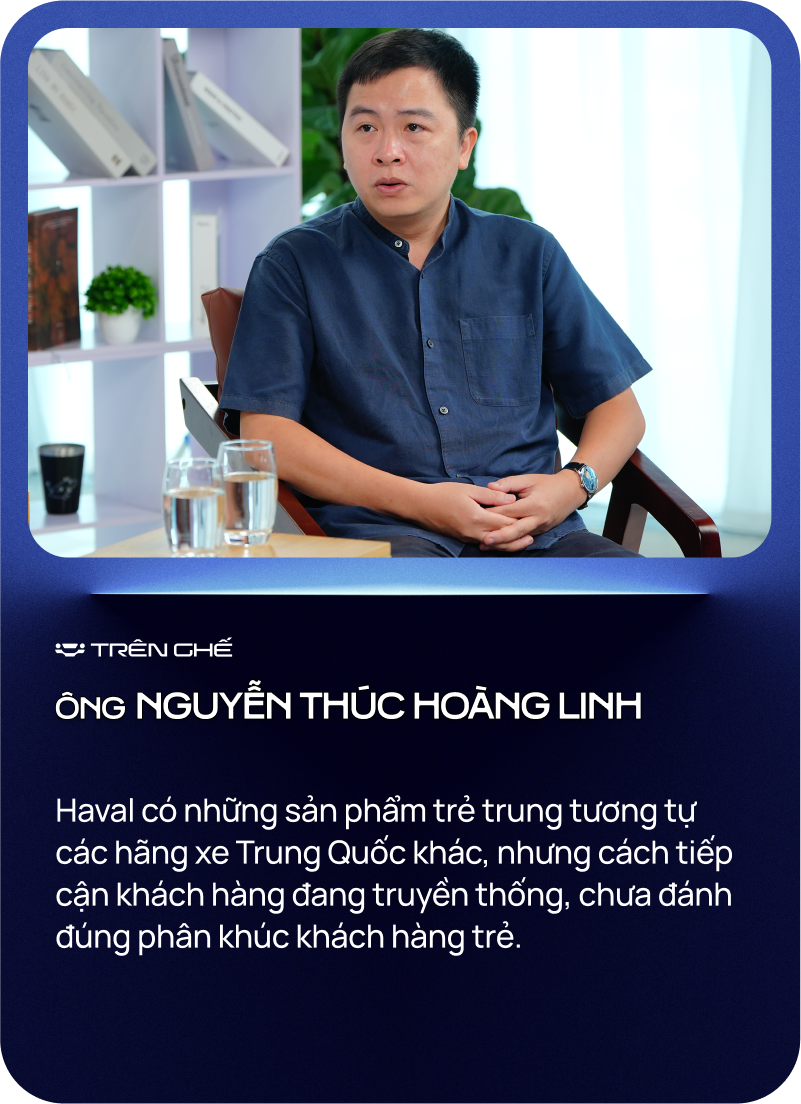
You mentioned that Haval needs something more outstanding. What exactly do you think that is?
Firstly, a new product on the market should have a unique aspect that appeals to its target audience. For example, Chinese cars have strengths in design and technology, and their supply chain advantages result in competitive pricing.
These three factors give Haval a strong advantage in Vietnam. Additionally, they have the benefit of an established distribution network or stable partners, allowing them to focus more on marketing their product. I believe Haval could offer promotions or added-value services to their customers.
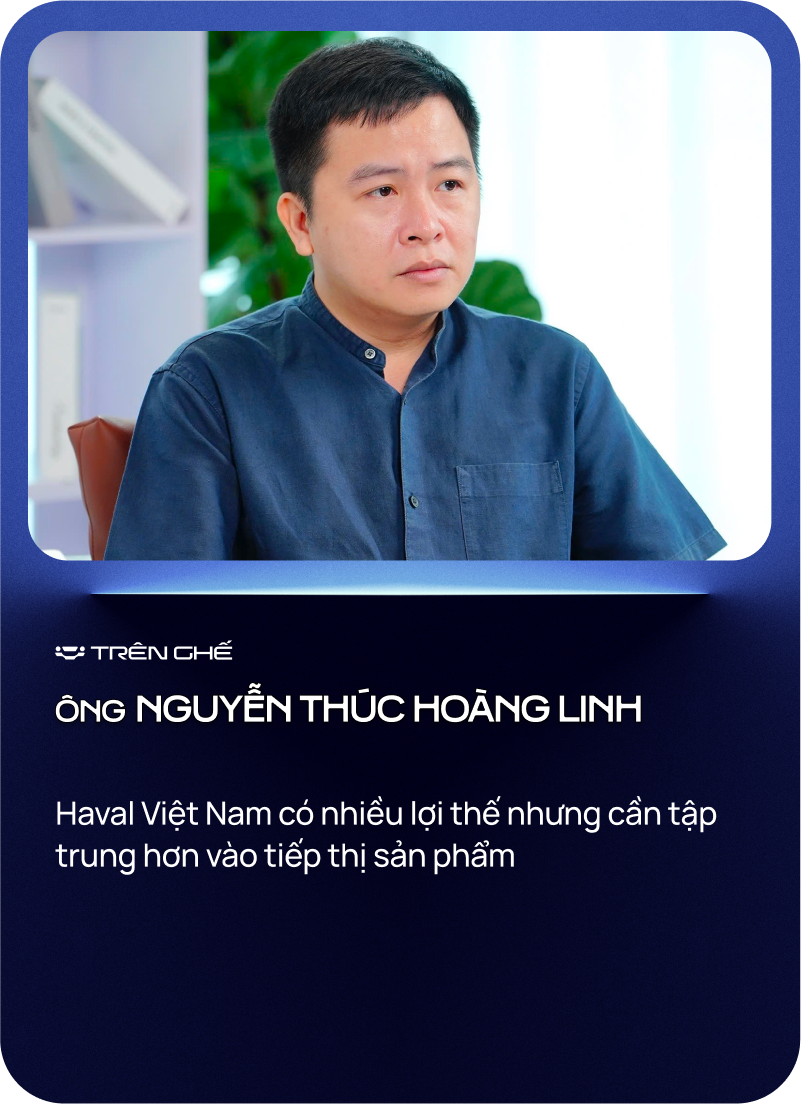
Currently, products from Chinese automakers tend to be similar, lacking distinct styles like Japanese or American cars. For instance, Ford is associated with a certain lifestyle, and Toyota is known for durability and reliability. However, Chinese brands don’t have a distinct personality or standout feature. Young consumers want to express their individuality and seek unique styles. If a car lacks these qualities, it’s unlikely to catch the eye of this target audience, regardless of its quality or promotions.
The second factor is brand familiarity. VinFast, for example, was smart to use their services to get their cars on the roads, making them a familiar sight to people every day. In contrast, Haval is rarely seen on the roads, and even test drives are uncommon. As a result, most people feel unfamiliar with the brand and the cars, leading to a cautious mindset. This is the second factor Haval should address.
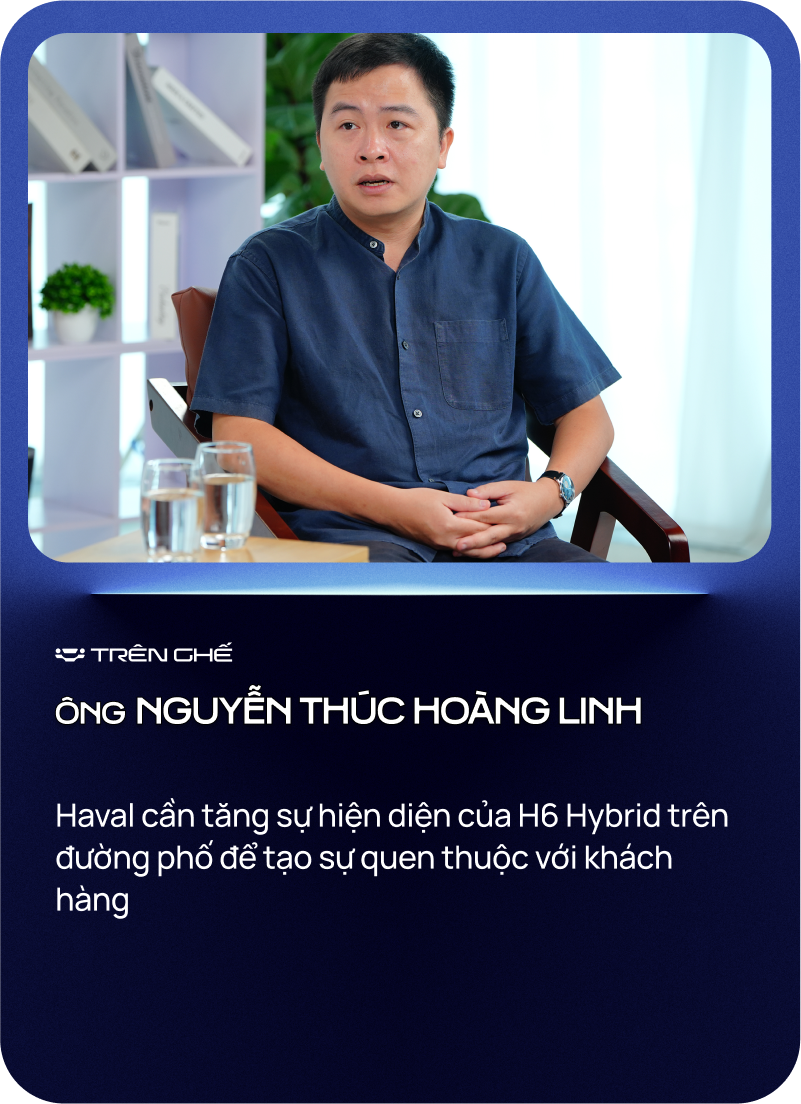
The third factor is pricing. Haval has recently been offering frequent discounts, which is not a new strategy. Many automakers advertise a higher price and then sell at a lower price to create a desired image for their cars. While this approach is reasonable, price reductions alone are not enough to convince customers.
Haval should consider offering added-value packages or services. Automakers from Japan, Korea, and China often include additional services when targeting younger customers. These could be in the form of promotions, connectivity options, or services integrated into daily life, or even the overall purchasing experience, from the moment a customer drops off their car to their visit to the showroom. These are the kinds of things that excite younger consumers.
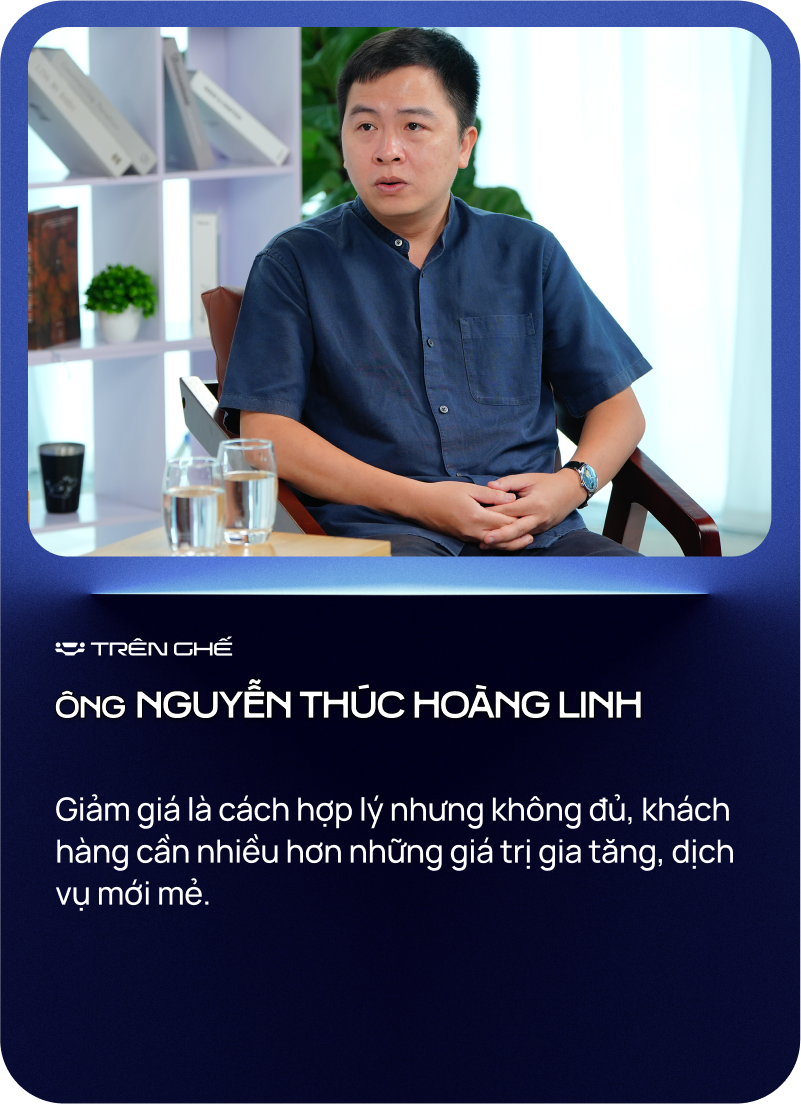
Previously, Haval revealed a product launch roadmap but hasn’t been able to stick to the schedule as planned. What are your thoughts on this?
Currently, there’s a lot of development in the range of Chinese cars. Compared to other markets, Chinese cars have a strong connection with each other, but this is a double-edged sword. While it’s beneficial for supply, it makes it harder to establish a unique identity.
Therefore, if Haval wants to target a smaller group of consumers, they need to emphasize their distinct personality. The delay in launching new products is also a disadvantage. When you only have one product, you should use that time to optimize your business and customer experience.
However, once that single product becomes stale, you need to introduce new offerings to maintain your brand image and presence in the market. The Vietnam Motor Show 2024 in October will be a significant event for the wave of Chinese cars entering Vietnam, and if Haval doesn’t have any new products by then, they will have missed an important opportunity.
Thus, Haval should increase their presence in the media or find ways to make their cars more familiar to the Vietnamese public.
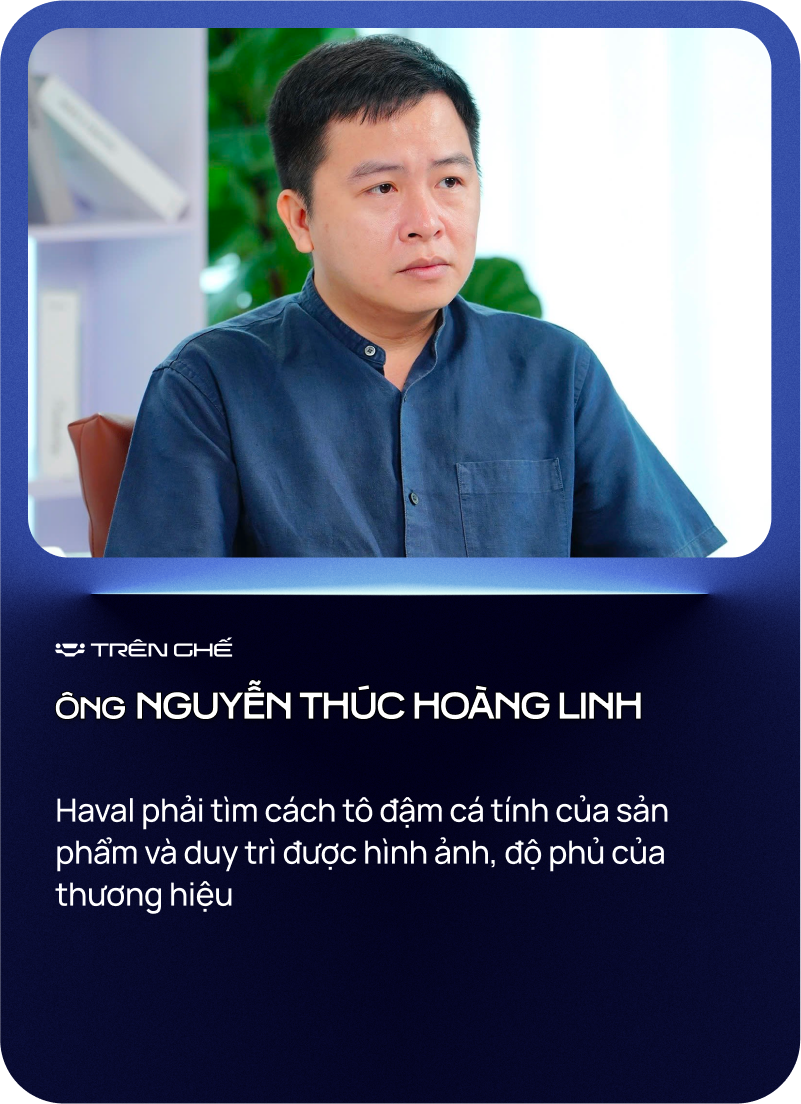
The company has announced plans to distribute the 2 Jolion and Tank models in the future. These are both popular choices. What are your thoughts on the prospects of these new models?
I think the Jolion will be easier to sell than the H6 due to its more accessible price point. Haval could potentially use this model for passenger transport services, similar to some VinFast offerings. I know Haval is considering this option, and I think it’s a good approach. As for the Tank, I believe it’s more about brand-building and image.
The introduction of these two models will complement each other, and the Jolion has a great opportunity for success. However, setting the right price won’t be easy given the current market situation and the competition in the Jolion’s segment. Additionally, Haval faces significant pressure from their Chinese rivals.
Thank you very much, Mr. Linh, for your insightful comments.
“The Top 14 International Financial Institutions Exploring the Vietnamese Market”
In recent years, Vietnam has drawn the attention and investment commitment of many leading global corporations in various sectors such as semiconductor, high-tech manufacturing, and clean energy.

